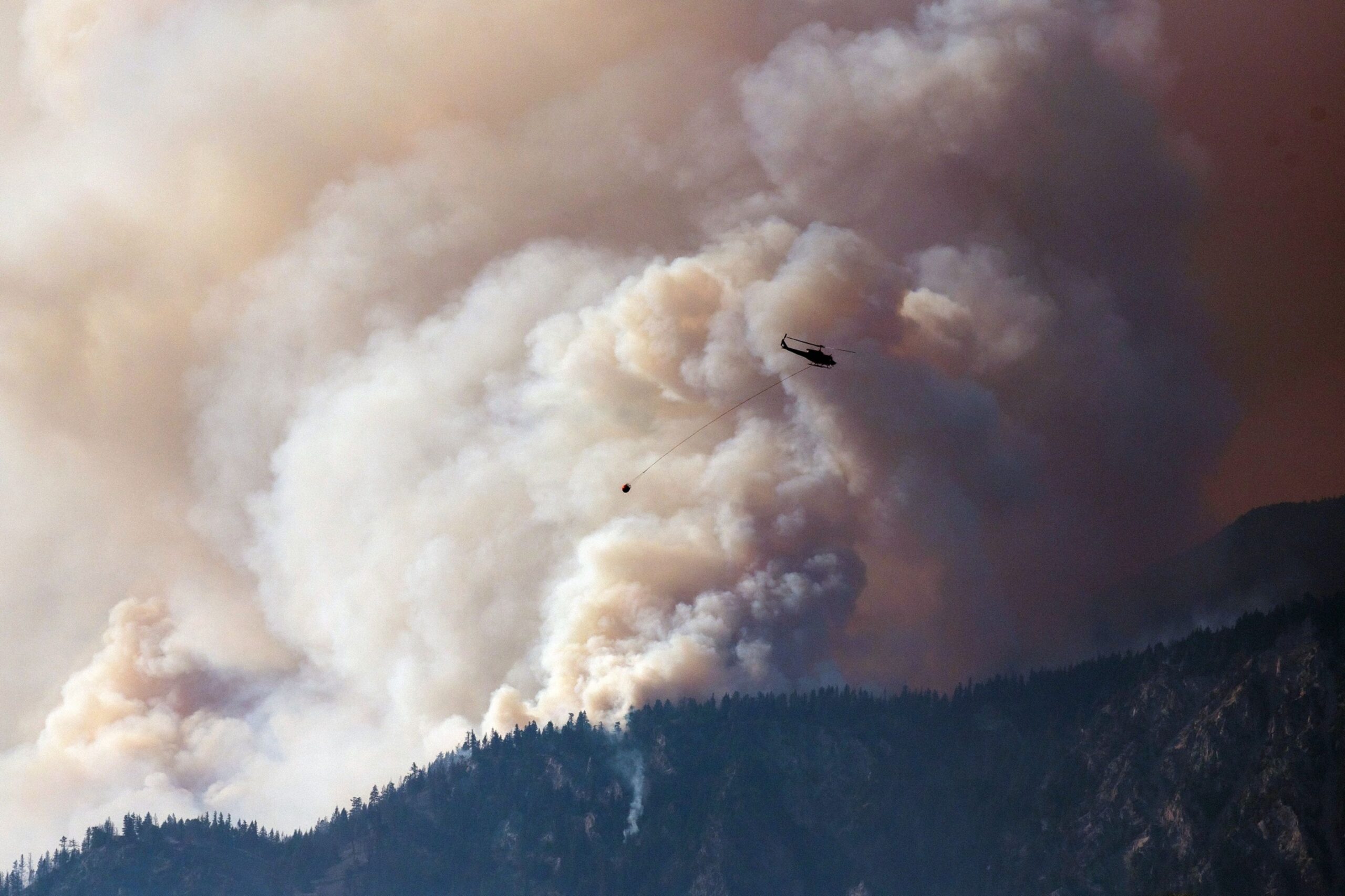
It’s hot out. It’s getting hotter. The climate memes practically write themselves: “Think this summer is hot? Consider it the coolest of the rest of the 21st century.”
It’s these events—the extreme hot days, droughts, floods, and other weather phenomena made worse through climate change—that the late, great Martin Weitzman thought about when writing about the “fat tails” of climate change, including in our joint book, Climate Shock.
Weitzman, who died two years ago this summer, got economists to think about just how bad the worst-case scenario of global warming could be. It’s not only about rising means, medians and averages of global temperatures, which themselves should have prompted the world to cut CO₂ decades ago. Climate change, he argued forcefully in a series of academic papers in the early 2000s, was a serious concern precisely because of what we don’t yet know and can’t quantify: the unknowns and unknowables.
The “fat tails” here refer to the long, right tail of the bell curve depicting eventual global average warming due to a doubling of CO₂. Most scientists have been focused on what’s “likely,” as, in many ways, they should. But while it’s good to plan for what’s in store, insurance is all about the low-probability, high-impact event—the long right tail of potential nightmare scenarios.If all of that sounds theoretical and far off, it is. It was to Weitzman, too. He himself was much more worried about the present, and about extreme weather events and their impacts.
Here’s a typical Weitzman thought experiment that came up on a walk we took near his home on a small marsh island in Gloucester, Massachusetts. What would happen if an intense hurricane hit Boston? A powerful storm making landfall along the Gulf coast was bad enough—people would lose their jobs, maybe even their lives. But Florida has seen hurricanes before and knows it will see them again. There are emergency plans in place. Highways have marked evacuation routes. In Boston, the consequences would be devastating. Nobody in New England, including Weitzman, was prepared for that.
Thus, he focused on climate as an insurance problem. Cutting carbon now, he argued, was valuable not just because it lowered global average temperatures, but more so because it lowered the chance of catastrophic events.
The math, however, did not yet support his intuition. Attribution science, the work of linking individual extreme weather events to climate change, was still a relatively new discipline in the early aughts. Hurricane scientists like Kerry Emanuel at the Massachusetts Institute of Technology were already warning about more intense, climate change-fueled hurricanes in the North Atlantic. But such events were simply too rare to draw definitive conclusions at the time.
Weitzman instead focused on truly long-term extremes: the link between concentrations of CO₂ in the atmosphere and eventual average global temperatures. He showed mathematically how important it was to consider the worst possible outcome of unchecked climate change. Weitzman’s reasoning flipped the standard climate-economic script: the burden of proof was no longer on those arguing that extremes mattered, it was on those arguing that they don’t. Even the low probability of a true nightmare scenario dwarfed almost every other concern.
In making this point, Weitzman took on two other key figures in climate economics. Yale economist William Nordhaus, who would go on to win a Nobel Prize for his work, had developed a model that showed how climate change warrants only an incremental approach, encapsulated by a relatively low carbon tax. Lord Nicholas Stern, meanwhile, argued for much stronger action. Weitzman thought Stern was right, but that he was “right for the wrong reasons.”
Now it increasingly looks like Weitzman’s own mathematical argument might prove right for the wrong reasons. It may not be the link between CO₂ concentrations and temperatures playing out over decades and centuries that shows how the effect of climate extremes could overshadow all else. The droughts, floods and heatwaves sweeping across the globe show how climate is an insurance problem, right here, right now.
Top Photo: A helicopter prepares to make a water drop as smoke billows along the Fraser River Valley near Lytton, British Columbia. Photographer: James MacDonald/Bloomberg
Was this article valuable?
Here are more articles you may enjoy.
"right" - Google News
July 12, 2021 at 12:04PM
https://ift.tt/3e3r9z1
It’s Right to Worry About Nightmare Climate Scenarios - Insurance Journal
"right" - Google News
https://ift.tt/32Okh02
Bagikan Berita Ini














0 Response to "It’s Right to Worry About Nightmare Climate Scenarios - Insurance Journal"
Post a Comment